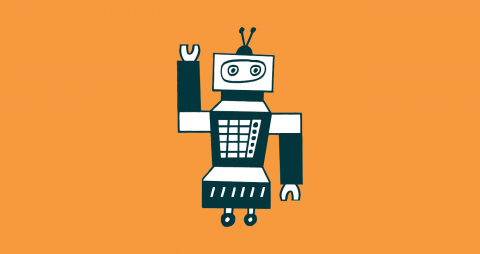Understanding enterprise chatbots: Why and how to use them for support
For busy customer service teams, every minute counts. So being able to save over 240 hours a month would count for a lot. And that’s exactly how much time customer service teams handling 20,000 support requests a month can save by using chatbots, according to Zendesk’s user data.











